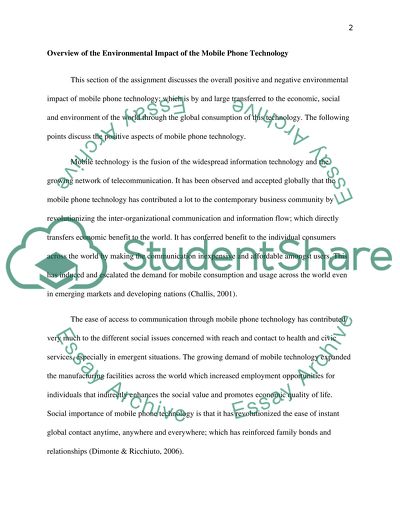Cite this document
(“Environmental Impact Analysis Essay Example | Topics and Well Written Essays - 2750 words”, n.d.)
Environmental Impact Analysis Essay Example | Topics and Well Written Essays - 2750 words. Retrieved from https://studentshare.org/environmental-studies/1403493-environmental-impact-analysis
Environmental Impact Analysis Essay Example | Topics and Well Written Essays - 2750 words. Retrieved from https://studentshare.org/environmental-studies/1403493-environmental-impact-analysis
(Environmental Impact Analysis Essay Example | Topics and Well Written Essays - 2750 Words)
Environmental Impact Analysis Essay Example | Topics and Well Written Essays - 2750 Words. https://studentshare.org/environmental-studies/1403493-environmental-impact-analysis.
Environmental Impact Analysis Essay Example | Topics and Well Written Essays - 2750 Words. https://studentshare.org/environmental-studies/1403493-environmental-impact-analysis.
“Environmental Impact Analysis Essay Example | Topics and Well Written Essays - 2750 Words”, n.d. https://studentshare.org/environmental-studies/1403493-environmental-impact-analysis.


